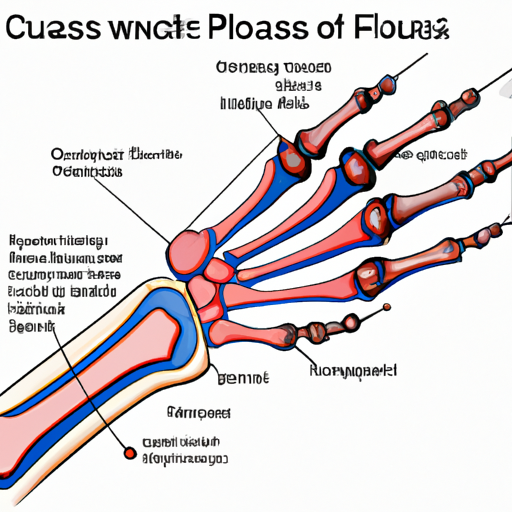The Anatomy of a Dog’s Paw
You probably love the feel of your dog’s smooth, soft paws in your hand, but have you ever wondered what makes up that unique texture? The structure of a dog’s paw is complex and is designed for both durability and sensitivity.
- Pads: These are the cushiony parts that touch the ground. They provide traction and act as shock absorbers.
- Claws: Dogs have claws for digging and gripping. They also play a role in the dog’s balance and movement.
- Dewclaws: Not all dogs have these, but when they do, they’re usually found higher up on the leg. They’re thought to aid in certain activities like holding bones.
- Hair: The hair between the pads provides insulation and additional protection from rough terrain.
The Material Composition of a Dog’s Paw
You might think that your dog’s paws are tough because they’re made of something similar to what our fingernails are made of. But the truth is, it’s a bit more complicated than that.
- Keratin: This is a type of protein that makes up the pads and claws of your dog’s paw. It’s the same stuff our hair and nails are made of, and it’s incredibly strong and resilient.
- Fat: Believe it or not, the pads of your dog’s feet are filled with fat! This helps to insulate them against both heat and cold.
- Connective tissue: This helps hold everything together and gives the paw its shape.
How to Care for Your Dog’s Paws
As a caregiver, it’s important for you to understand how to properly care for your dog’s paws. Regular checks and maintenance can keep your dog comfortable and prevent potential problems.
- Inspect regularly: Look for cuts, sores, or foreign objects lodged in the pads.
- Trim the fur: Keep the hair between the pads trimmed to prevent matting and trapping of dirt.
- Moisturize: Just like our skin, a dog’s pads can become dry and cracked. Use a dog-approved moisturizer to keep them soft and healthy.
| Dog’s Paw Care | Description |
|---|---|
| Nail Trim | Regularly, to prevent painful overgrowth |
| Paw Bath | As needed, to remove dirt and chemicals |
| Pad Check | Daily, for any damage or foreign objects |
Common Problems and Solutions
Despite their toughness, a dog’s paws can still experience a number of issues. Here’s how you can address some common ones:
- Cracked pads: If your dog’s pads become cracked, apply a dog-friendly moisturizer and limit their time on rough surfaces.
- Injuries: For small cuts or abrasions, clean the wound and apply a pet-safe antiseptic. For larger injuries, consult your vet.
- Allergies: If your dog is constantly licking or chewing their paws, they may have an allergy. Consult your vet for treatment options.
FAQ
Q: Why does my dog’s paw pads feel rough?
A: Just like our feet, a dog’s paws can become rough from walking on different surfaces. You can apply a dog-friendly moisturizer to help soften them.
Q: My dog has a cut on their paw, should I take them to the vet?
A: Minor cuts can often be treated at home with cleaning and a pet-safe antiseptic. If the cut is deep, bleeding heavily, or not healing, contact your vet.
Q: Can I use human lotion on my dog’s paws?
A: No, human lotions may contain ingredients that are harmful if ingested by dogs. It’s best to use a moisturizer designed for dogs.
Q: Why does my dog have a fifth claw on their leg?
A: The fifth claw, or “dewclaw”, is a remnant of a thumb. Some dogs have them, while others don’t. It’s perfectly normal either way.
Q: What should I do if my dog’s paw is swollen?
A: Swelling can be a sign of injury or infection. If your dog’s paw is swollen and they seem to be in discomfort, it’s best to consult a vet.



